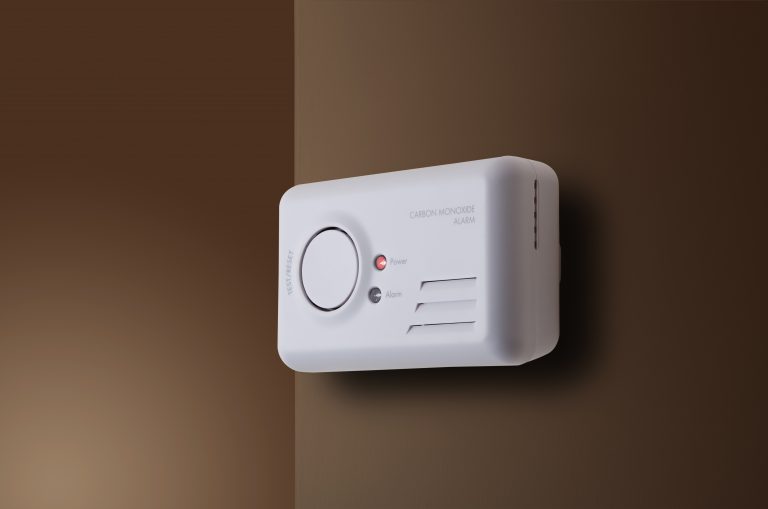
New rules on carbon monoxide alarms will lead to greater safety
Letting | December 15, 2021 | twentytwo

Letting | December 15, 2021 | twentytwo

The government has recently announced new rules on domestic fire and carbon monoxide alarms within all rented properties.
Key changes to the Smoke and Carbon Monoxide Alarm (England) Regulations 2015 mean landlords need to ensure a carbon monoxide alarm is fitted in any room in their homes where there is a fixed combustion appliance, including a gas boiler.
When any new fixed combustion appliances are fitted a carbon monoxide alarm will need to be fitted by law – gas cookers are excluded from the new regulations.
Landlords in the social and private rented sector need to be aware they will be required to repair or replace smoke and carbon monoxide alarms once they have been informed they are faulty.
The main changes at a glance are:
The All-PartyParliamentary Carbon Monoxide Group (APPCOG) has been pressing for changes to the regulations and according to Policy Connect they have welcomed the update.
John McNally, MP for Falkirk and a parliamentary officer for APPCOG, said:
“UK government appears to be making a step in the right direction, a progression to be welcomed, but “asap” needs a firmer target time.”
Every year there are approximately 60 deaths in England and Wales from Carbon Monoxide poisoning.
According to the NHS website low level exposure to carbon monoxide poisoning can bring on symptoms similar to food poisoning or flu.
The main sources of carbon monoxide leaks will be incorrectly installed, poorly maintained or poorly ventilated household appliances and heaters and central heating boilers.
Carbon monoxide is a poisonous gas that has no smell or taste. Breathing it in can make you unwell, and it can kill if you’re exposed to high levels.
The symptoms of carbon monoxide poisoning are not always obvious, particularly during low-level exposure.
A tension-type headache is the most common symptom of mild carbon monoxide poisoning.
Other symptoms include:
Long-term exposure to low levels of carbon monoxide can also lead to neurological symptoms, such as:
Breathing in high levels of carbon monoxide gas can cause more severe symptoms.
These may include:
Please keep an eye out for future Chinneck Shaw blogs regarding a deadline date for the new regulations.
Book a face-to-face valuation with one of our local property experts, free without any obligation.